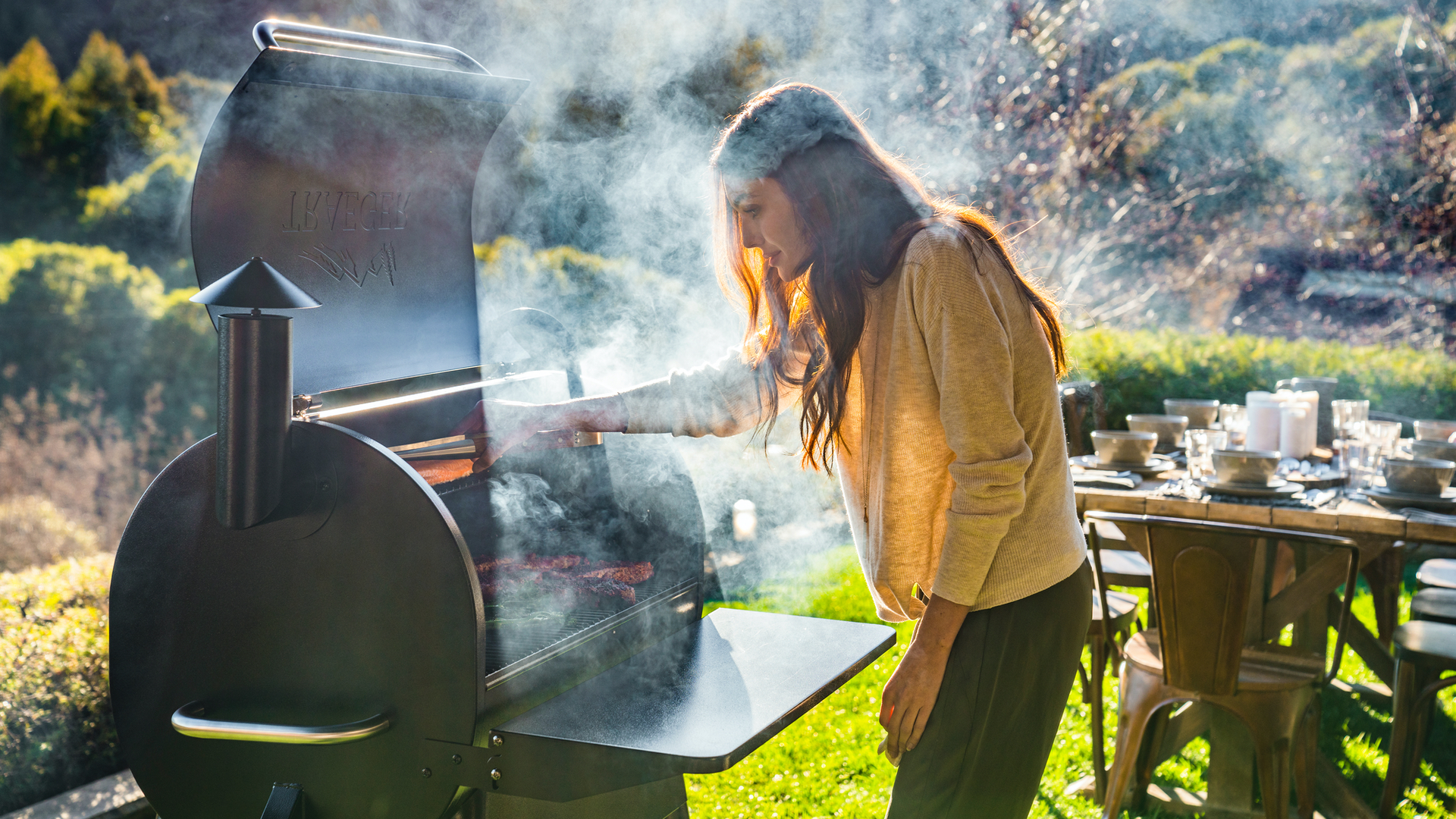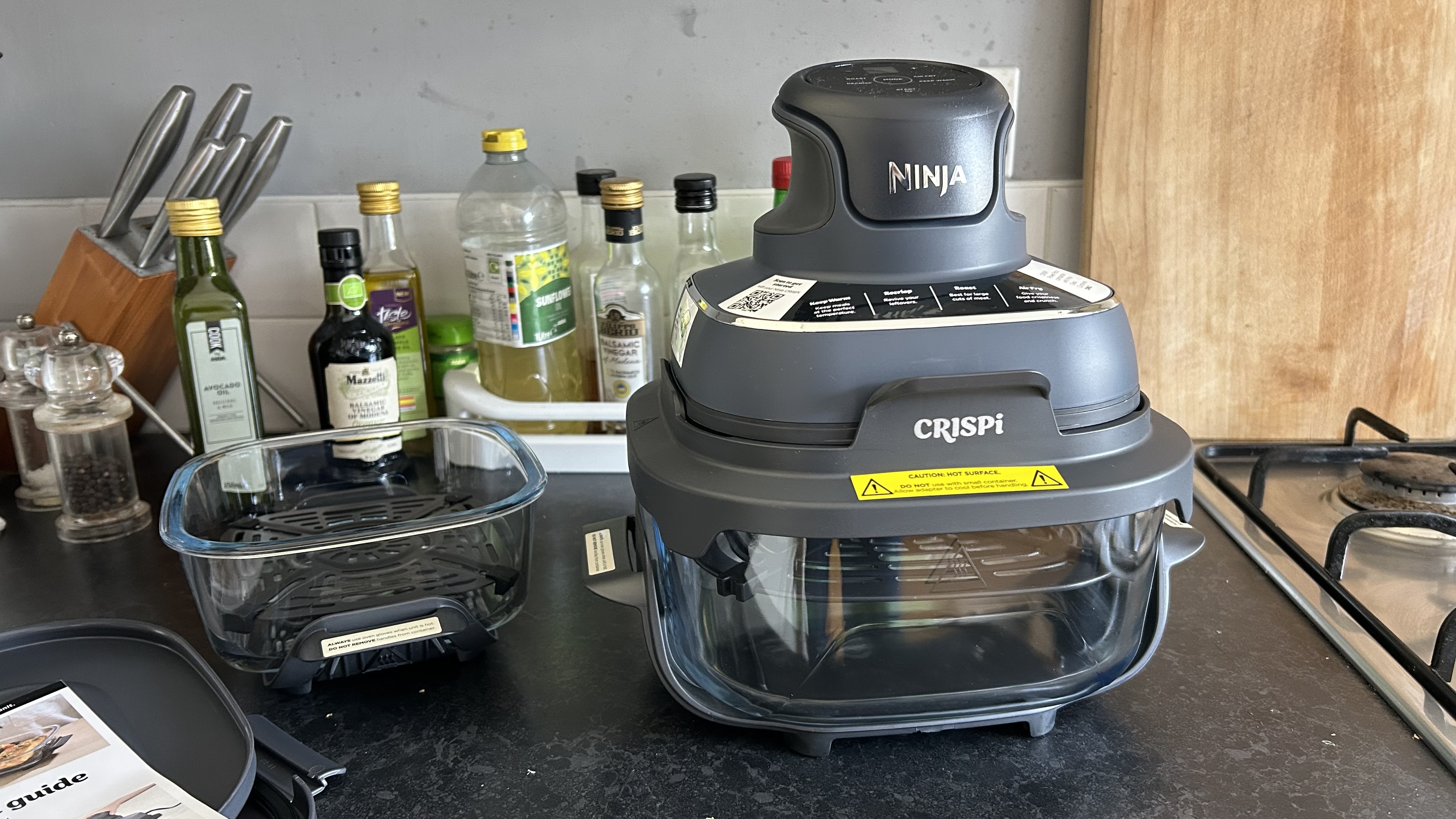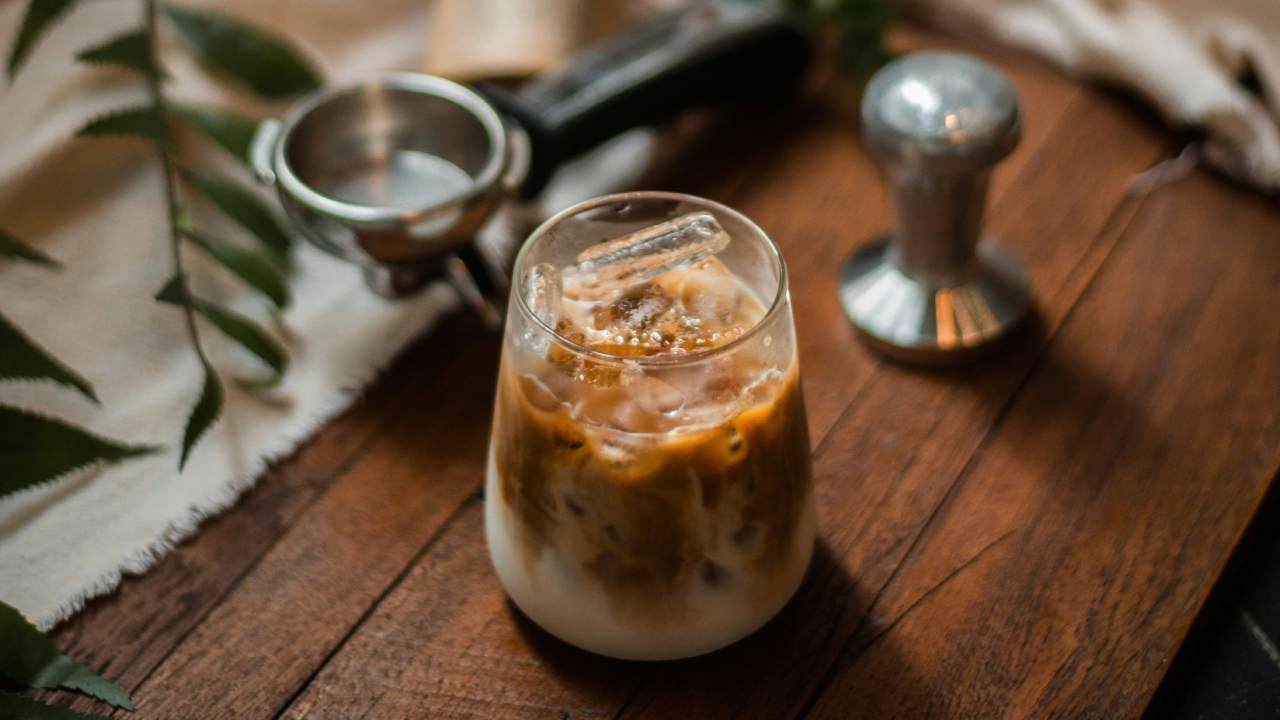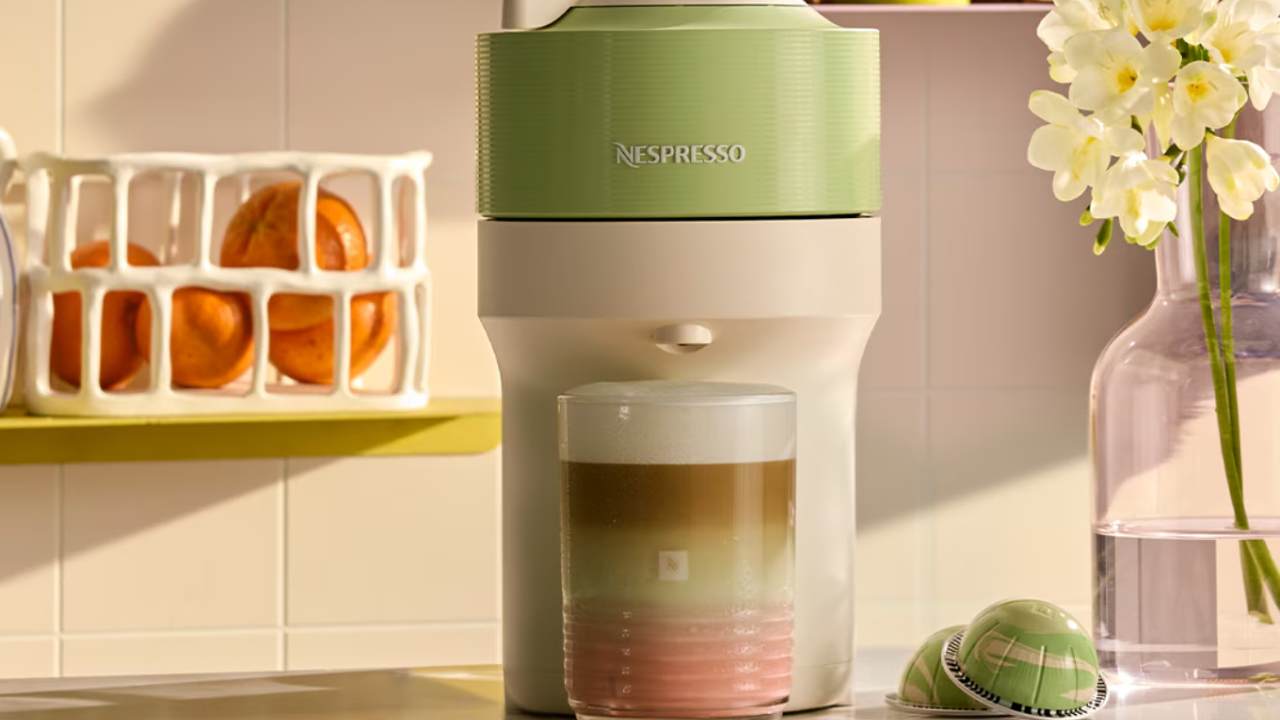Kitchen
The latest Kitchen breaking news, comment, reviews and features from the experts at T3
Explore Kitchen
-

Bosch Series 6 Air Fryer review: fast, affordable and versatile
The premium brand unveils its first ever air fryer and the result is an impressive appliance that costs peanuts
By Rob Clymo Published
-

This luxurious coffee machine can make you a barista-level espresso maker – but it’ll cost you!
Lelit’s Bianca coffee machine is on my wishlist…
By Bethan Morgan Published
-

Find your perfect pint in Beerwulf’s unbeatable keg selection
Sponsored by Beerwulf
You'll never leave the house again
By T3.com Published
-

I rolled my eyes at this smart kitchen gadget – now I’m telling everyone about it
It's the smartest thing I've seen in a while
By Lizzie Wilmot Published
-

My coffee machine suddenly stopped frothing milk – here’s the quick fix that worked
Hopefully this helps if your machine ever stages a frothing mutiny like mine did
By Lizzie Wilmot Published
-

Watch out Ninja – Cuisinart’s new air fryer has three baskets for all your cooking needs
Cuisinart upgrades the ‘humble’ air fryer with three cooking compartments
By Bethan Morgan Published
-

Best smoker 2025: cook low-and-slow with pellet, charcoal, gas and electric smokers
Start smoking food outdoors with the best smokers and charcoal barbecues you can buy today
By Bethan Girdler-Maslen Last updated
-

Bosch shocks everyone by launching its first-ever air fryer
The brains behind the best drills have launched… an air fryer?!
By Bethan Girdler-Maslen Published
-

Caso MCG 25 Ceramic Chef Microwave review: stylish, versatile and surprisingly affordable
I've been pleasantly surprised by this one
By Lizzie Wilmot Published
-

L’OR’s new coffee machine is built specifically for iced coffee lovers
Now we're talking
By Lizzie Wilmot Published
-

I hate cold coffee so much I've bought two of these heated mugs in last minute Prime Day deals, and still paid less than one Ember
There's not long left to snag Prime Day deals – here's one I very much recommend
By Rik Henderson Published
-

Ninja’s weirdest looking air fryer is the cheapest it’s ever been in Prime Day deal
The Ninja Crispi drops to all-new low price at Amazon
By Bethan Girdler-Maslen Published
-

9 best air fryer deals in the Prime Day sale – from Ninja, Philips, Tower and more
I test air fryers for a living, and these are the ones you should buy during Prime Day
By Bethan Girdler-Maslen Last updated
-

Best Prime Day Home and Kitchen deals 2025: cheap deals to look out for in 2026
Find the best home and kitchen deals in next year's Prime Day sale
By Bethan Girdler-Maslen Last updated
-

This Sage coffee machine lookalike is currently at its lowest-ever price for Prime Day
I'd seriously recommend snapping this up whilst you still can
By Lizzie Wilmot Published
-

5 must-have coffee machine accessories you can snag in the Prime Day sale
Anyone can be a barista on a budget
By Lizzie Wilmot Last updated
-

This is the most unnecessary kitchen gadget ever – yet I can’t stop thinking about it
Prepare to be influenced
By Lizzie Wilmot Published
-

Instant Pot Pro 5.7L Wi-Fi review: one of the best connected multicookers out there
The Instant Pot Pro 5.7L features wireless technology to let you get even more from your multicooking exploits
By Rob Clymo Published
-

You can now get the Nespresso Vertuo Plus – and 60 free pods – for just £76 on Amazon
There's also a free tumbler and ice tray included!
By Lizzie Wilmot Published
-

Philips’ dual air fryer just dropped to lowest ever price ahead of Prime Day
The Philips Dual Basket Airfryer 1000 Series is now under £90
By Bethan Girdler-Maslen Published
-

Best bean-to-cup coffee machine 2025: top picks for coffee lovers
Find the best bean-to-cup coffee machines that incorporate a grinder, espresso maker and milk frother in one handy box
By Bethan Girdler-Maslen Last updated
-

Best air fryer 2025: for full flavour, faster cooking and lower costs
Find the best air fryers for quick, healthier and time-saving meals, from Ninja, Tefal, Tower, Philips and more
By Bethan Girdler-Maslen Last updated
-

Grind’s summer coffee collection features everyone’s favourite cartoon character
Grind teams up with Peanuts on limited edition coffee range
By Bethan Girdler-Maslen Published
-

T3 Awards 2025: all Kitchen and Garden winners announced!
Get cooking, baking, roasting and grilling with T3’s Kitchen and Garden award winners
By Bethan Girdler-Maslen Published
-

Iced coffee lovers unite! 3 coffee machines that make perfect cold brews
These are the coffee machines you need for your cold brew fix
By Bethan Girdler-Maslen Published
-

KitchenAid upgrades its semi-automatic coffee machine with two stunning colours
I can’t decide which colour I like best…
By Bethan Girdler-Maslen Published
-

The Ninja June sale is live – here are 5 air fryer deals you should buy
Get up to 35% off Ninja air fryers in the summer sales
By Bethan Girdler-Maslen Published
-

This air fryer mistake is the worst thing you can do to your appliance – and I’ve been doing it for years
Have you made this common air fryer mistake?
By Bethan Girdler-Maslen Published
-

Nespresso gives its Vertuo pod coffee machine a pistachio upgrade – and it’s David Beckham approved
I’m obsessed with Nespresso’s new pistachio collection
By Bethan Girdler-Maslen Published
